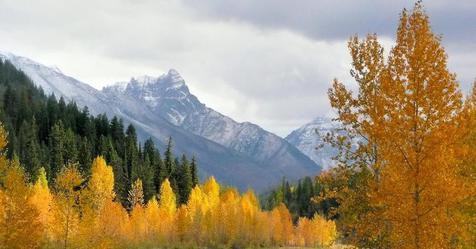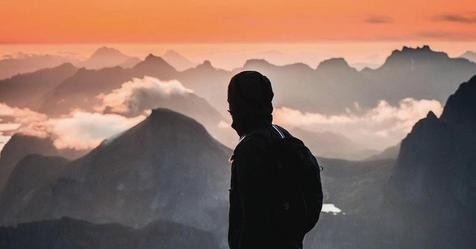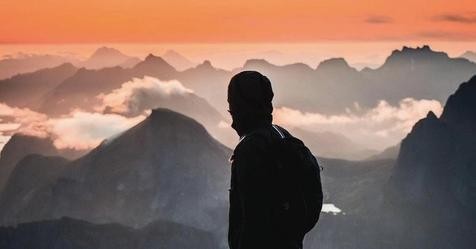Summer may be peak time to visit a national park, especially when traveling with kids who are out of school, but the best time to visit some of our nation's parks is actually during autumn when leaves start to change color.
There's something magical about watching green trees burst into bold reds, vibrant oranges and practically fluorescent yellows. To find hundreds, if not thousands, of trees transforming is enough to leave you awe-inspired.
Surround yourself in color with these very best national parks in the fall.













